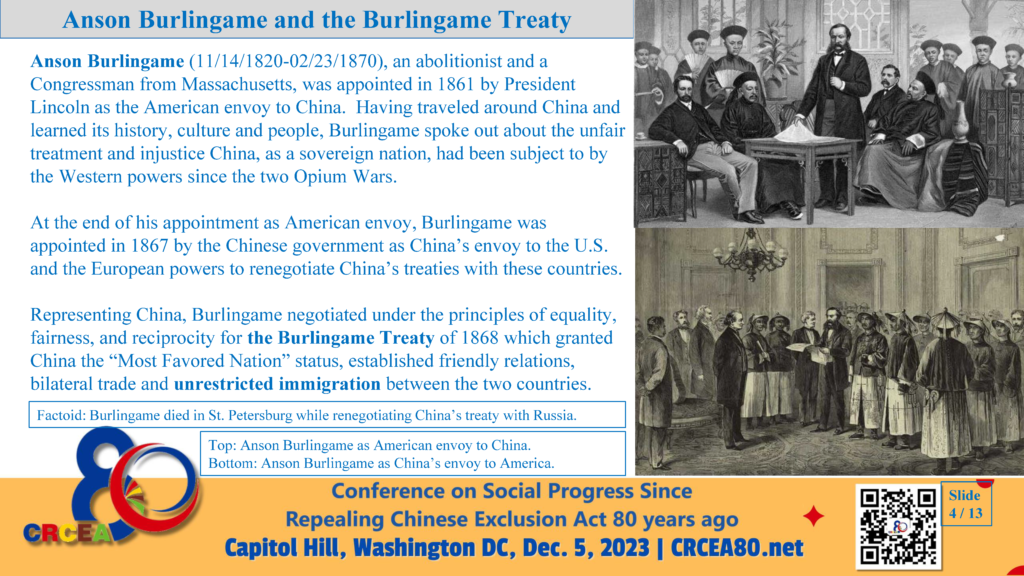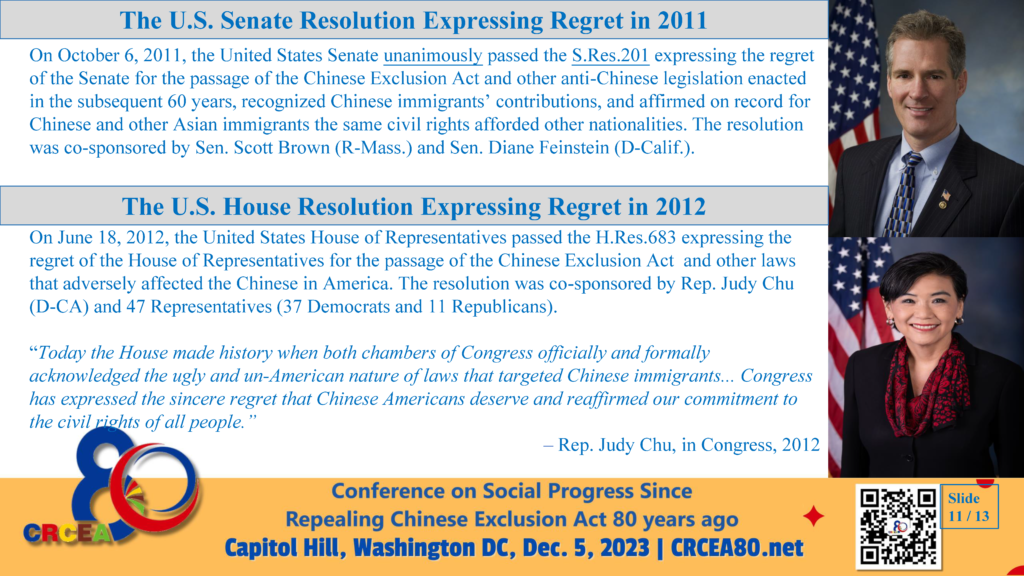The Chinese Exclusion Act was the first significant law implemented to prevent a specific ethnic group from immigrating to the United States. It was signed into law on May 6, 1882, by President Chester A. Arthur. This Act came as a result of growing economic distress, racial tensions, and political pressures from labor unions, which feared that Chinese laborers were undercutting wages and threatening white jobs.
Originally intended to last for 10 years, the Act barred Chinese skilled and unskilled laborers from entering the country. It also prevented Chinese nationals who left the United States from returning. Remarkably, it was extended multiple times and effectively made permanent until it was repealed in 1943 by the Magnuson Act.
The implications of this law were profound. It not only restricted the Chinese from immigrating but also reflected and intensified the discrimination that Chinese immigrants and their descendants faced in America. During this period, Chinese Americans lived under harsh conditions, facing both legal and social discrimination. Families were separated, and communities were isolated economically and socially.
The Chinese Exclusion Act is a stark reminder of the challenges and xenophobia that Chinese immigrants endured. Exploring this part of American history helps us understand the complexity of America’s cultural and racial landscape. It also serves as a testament to the resilience and perseverance of the Chinese American community.
In this exhibit, we delve deeper into the personal stories of those affected by the Act, explore the political and economic climate of the late 19th and early 20th centuries, and examine how this law influenced the fabric of American society. We invite you to explore the exhibit and consider the broader implications of exclusionary policies and their effects on American identity and values.
This exhibition is linked to the “80th Anniversary Conference of the Philadelphia Chinese Exclusion Act“.












